7 Things to Implement in Your Next Social Media Strategy
Is your social media strategy not working? Are you not achieving your desired results? Is your content feeling disjointed or lacklustre?
Don’t panic.
Infoserve recommends implementing these 7 simple things in your next social media strategy that are guaranteed to unlock the key to success.
1/ Set goals
Always begin your social media strategy by setting SMART goals to give direction and clarity.
What is a SMART goal?
SMART stands for:
Specific
Measurable
Attainable
Realistic
Timely
For example, instead of ‘improve reach’, try using something like ‘improve conversion rate from LinkedIn by 150% by the end of Q3’ when setting your goals.
2/ Target audience research
You have to know who you’re marketing to before you determine how to market. Trying to sell your product to everyone is one of the most common mistakes that new businesses make, and it is guaranteed to fail.
When researching your target audience for a social media strategy, find out:
- Demographics such as age, location, occupation
- Which social media platforms they use
- What time of day they’re using allocated social media platforms
- Their interests and values
- The sort of lifestyle they want
- What their pain points are
- Search habits, including which hashtags and competitors they’re following
From this information, you’ll be able to create a clear image of who your target customer is, and how your content can best showcase your product/service as the solution to their current dilemma.
3/ Set measurable metrics and KPIs
Key Performance Indicators (KPIs) are used to measure SMART goal success. KPIs for social media include engagement, reach, return on investment (ROI), customer retention, and number of leads; these should be determined before you create your social media strategy.
Consider how you are going to measure your KPIs.
For example, if your SMART goal is to ‘increase click through rate (CTR) from LinkedIn by 150% by the end of Q3’, your KPI would be the number of people who clicked through to your website from LinkedIn. To measure this, you could create a unique landing page for your LinkedIn links and track how many people land on this page.
Check your progress regularly and adjust your strategy accordingly.
4/ Align content with the social platform
Your followers on LinkedIn will be a different demographic from your followers on Instagram, or even Facebook. Their needs, wants and habits will be very different, and the content they wish to see will differ.
Create a separate social media strategy for each social media platform and adapt it to the key user of this platform. This way, you are far more likely to see engagement and success from your efforts.
5/ Consistency is key
Posting consistently is the key to sticking in your customer’s mind, and most social media platforms will reward it.
This doesn’t mean you need to post every single day, especially if you are a small business with limited time. Instead, use analytics tools to discover when your follower base is online and set up a content calendar to schedule posts at consistent times throughout the week.
6/ Measure progress
This one may seem obvious, but you will never know how well your content strategy has performed if you don’t measure its progress.
Imagine you’re training for a marathon. To do this, you get up every day and go for a run in the morning. You feel fit, and strong and you’re confident you’re going to reach the end of the race, but on the day you find yourself falling short. Why? Because along the way, you forgot to track the distance of your practice runs.
Tracking the progress of your social media strategy follows a similar premise. You need to measure the success of your strategy at regular intervals to ensure it is working effectively towards your end goal.
7/ Collaborate with other departments
Even if you are a small team, you are likely to have a range of talent around you in the form of other marketing departments. Utilise content writers, content producers, PPC experts and even SEO specialists to create content that is unique, valuable and engaging for your audience.
You could also consider outsourcing some of the work if your social media expertise is limited.
In short, utilise every available resource around you to develop a social media strategy that is as impactful as it can possibly be.
For more advice on how to build a successful social media strategy, check out our blog on
How to Use Social Media for Business.
Don’t know where to start?
Here at Infoserve, our web design experts are on hand to help you create and build a unique, functional and responsive website, and our PPC and SEO team help your website get found.













